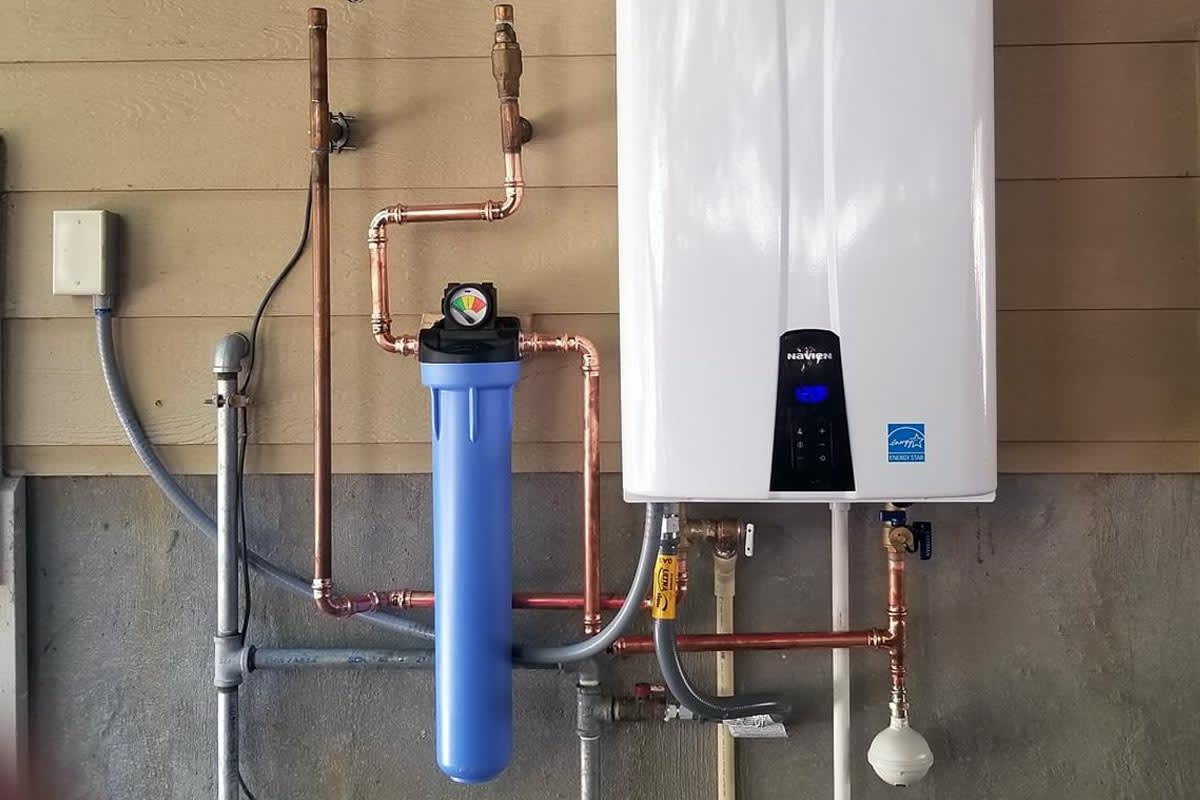Have you been trying to locate content on How to Maintain Your Water Heater & Prolong its Life?

Warm water is vital for day-to-day convenience, whether it's for a refreshing shower or washing recipes. To ensure your warm water system runs successfully and lasts longer, routine upkeep is key. This article offers functional ideas and insights on exactly how to preserve your home's warm water system to avoid interruptions and pricey repairs.
Introduction
Keeping your home's warm water system might seem overwhelming, yet with a few easy actions, you can guarantee it runs efficiently for years to find. This overview covers every little thing from understanding your hot water system to DIY upkeep ideas and recognizing when to call specialist aid.
Relevance of Maintaining Your Hot Water System
Regular maintenance not just expands the life-span of your warm water system yet additionally ensures it operates efficiently. Overlooking maintenance can cause lowered performance, greater power costs, and even premature failure of the system.
Signs Your Hot Water System Needs Maintenance
Understanding when your hot water system needs interest can stop significant concerns. Keep an eye out for indicators such as irregular water temperature level, weird sounds from the heating system, or corroded water.
Recognizing Your Warm Water System
Prior to diving into upkeep jobs, it's handy to understand the fundamental elements of your warm water system. Usually, this includes the water heater itself, pipelines, anode rods, and temperature controls.
Month-to-month Upkeep Tasks
Routine monthly checks can aid catch minor problems before they rise.
Flushing the Water Heater
Purging your water heater gets rid of debris buildup, boosting efficiency and prolonging its life.
Monitoring and Changing Anode Rods
Anode poles avoid corrosion inside the container. Evaluating and replacing them when worn out is crucial.
Evaluating and Changing Temperature Setups
Readjusting the temperature settings ensures optimum performance and safety.
Do It Yourself Tips for Maintenance
You can perform numerous upkeep tasks on your own to maintain your hot water system in top problem.
Checking for Leaks
Consistently check pipes and links for leakages, as these can result in water damages and greater bills.
Examining Pressure Alleviation Valves
Checking the pressure safety valve ensures it functions appropriately and avoids excessive stress buildup.
Shielding Pipes
Shielding warm water pipes minimizes heat loss and can conserve energy.
When to Call a Specialist
While do it yourself maintenance is helpful, some problems need professional experience.
Complicated Concerns Requiring Expert Help
Instances include significant leaks, electric problems, or if your water heater is consistently underperforming.
Routine Specialist Maintenance Conveniences
Expert upkeep can include complete evaluations, tune-ups, and making certain conformity with security criteria.
Conclusion
Routine upkeep of your home's hot water system is important for performance, longevity, and expense financial savings. By following these ideas and knowing when to seek specialist help, you can ensure a reliable supply of hot water without unforeseen interruptions.
How to Maintain an Instant Hot Water Heater
Before tinkering with your hot water heater, make sure that it’s not powered on. You also have to turn off the main circuit breaker and shut off the main gas line to prevent accidents. Also turn off the water valves connected to your unit to prevent water from flowing into and out of the appliance. 2. When you’re done, you have to detach the purge valves’ caps. These look like the letter “T” and are situated on either side of the water valves. Doing so will release any pressure that has accumulated inside the valves while at the same time avoid hot water from shooting out and burning your skin. 3. When the purge valves’ caps are removed, you have to connect your hosing lines to the valves. Your unit should have come with three hoses but if it didn’t, you can purchase these things from any hardware or home repair shops. You can also get them from retail stores that sell water heating systems. Read the user’s manual and follow it to complete this task properly. When the hosing lines are connected, open the purge port’s valves. 4. You should never use harsh chemical cleaners or solutions when cleaning your unit. Make use of white vinegar instead. It should be undiluted and you’ll probably use about 2 gallons. 5. Now flush your water heater. This task should probably take about 40 minutes. We can’t give you specific directions for this because the procedure is carried out depending on the type, model and brand of your heater. With that being said, refer to the user’s manual. 6. When you’re done draining the unit, you have to turn off the purge port valves again. Remove the hosing lines that you earlier installed on each of the water valves. Put the valve caps (purge port) back in their respective places and be very careful so as not to damage the rubber discs that are found inside these caps. 7. Now that everything’s back in place, check your user’s manual again to find out how to reactivate your water heating system. 8. Once it is working, turn one of your hot water faucets on just to let air pass through the heater’s water supply pipes. Leave the tap on until water flows smoothly out of it. https://www.orrplumbing.com/blog/2014/september/how-to-maintain-an-instant-hot-water-heater/

Hopefully you enjoyed reading our section about How to Maintain Your Water Heater & Prolong its Life. Thanks a lot for taking time to read our blog post. Be sure to take a moment to promote this post if you enjoyed it. I love your readership.
Call Today